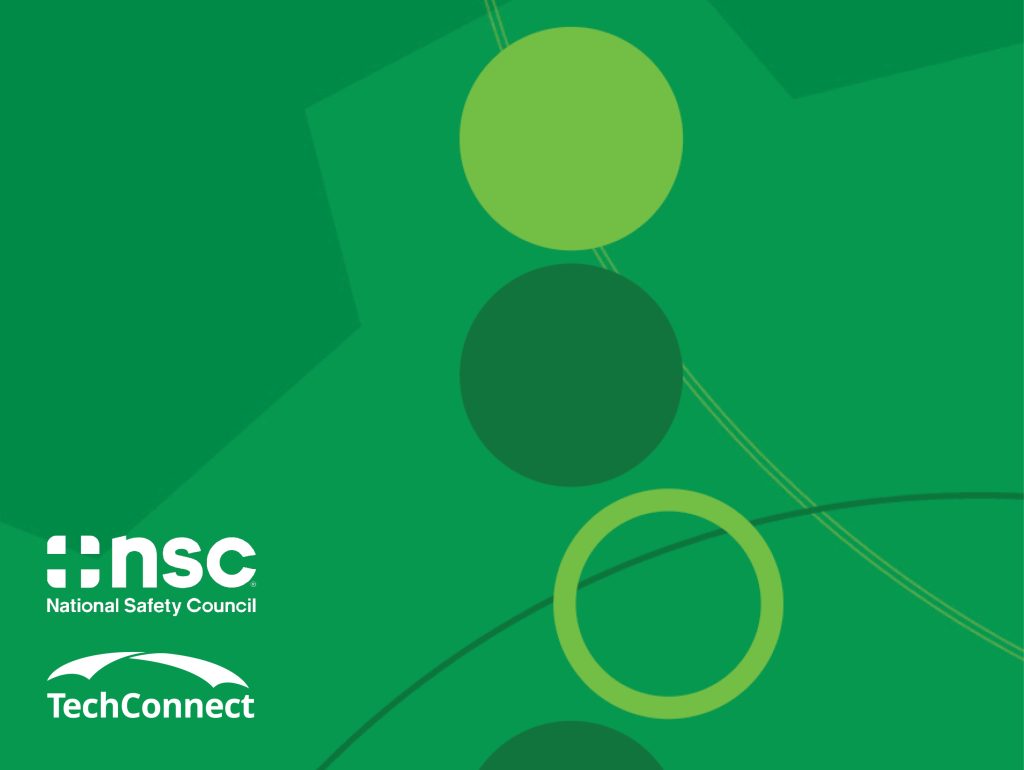
Due: January 16, 2026
Fatigue is more than just “tired”; it’s your body’s response to inadequate sleep, mental or physical stressors, or a lack of recovery time, among other causes. Fatigue can manifest in a variety of ways including cognitive impairment, decreased reaction speeds, or muscular weakness.
Impacts from fatigue are most often seen in occupations that require long hours, rotating shifts, and routine physical exertion, including: first responders, law enforcement officers, healthcare providers, and construction.
However, fatigue can impact any worker, in any role, at any time.
The National Safety Council’s latest Safety Innovation Challenge aims to bring the best of 21st century technologies to measure, mitigate, or reduce fatigue in the workplace, all with a goal of driving down rates of fatigue-related injuries and fatalities.
All proposed technologies for this Challenge must either:
- Measure, detect, or predict fatigue through physiological, behavioral, or performance-based indicators.
Possible pathways include (but are not limited to): wearables for individual workers, predictive analytics software, screening solutions, driver safety systems - Mitigate the consequences of fatigue
Possible pathways include (but are not limited to): vehicle safety systems, workplace safety systems - Directly or indirectly reduce fatigue
Possible pathways include (but are not limited to): workforce management solutions, drones/robotics, instructional applications
All proposed technologies must demonstrate evidence of measurable impact on fatigue through validated studies, field trials, or documented outcomes, beyond theoretical or speculative claims.
